Dandelion: [Cultivation, Irrigation, Care, Pests and Diseases]
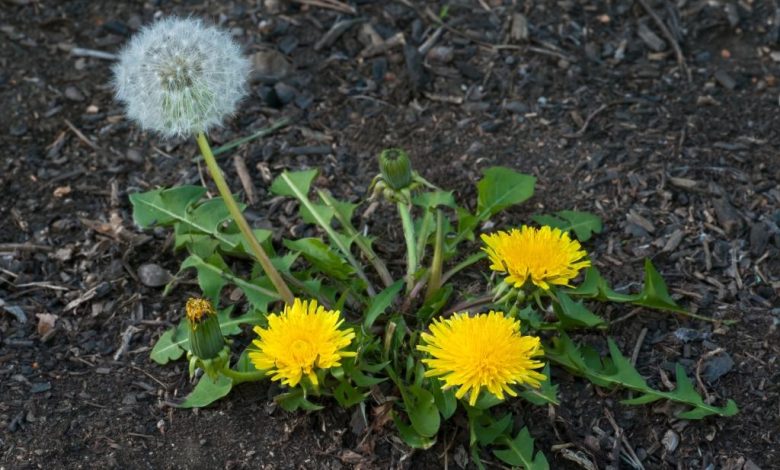
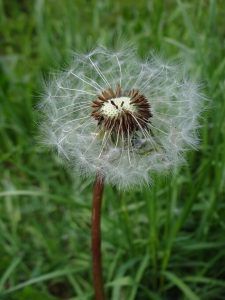 Taraxacum officinale is a very popular wild plant native to Europe and Asia. However, its cultivation has spread throughout the world due to its multiple medical and food properties.
Taraxacum officinale is a very popular wild plant native to Europe and Asia. However, its cultivation has spread throughout the world due to its multiple medical and food properties.
The dandelion has been known since ancient times by the Arab civilizations and, later, by the Greeks.
Currently, this plant is traditionally used as food and to treat some disorders of the bile ducts and liver ailments.
The dandelion has about 500 microspecies and it is very difficult to identify each one with the naked eye exactly.
Important points when planting a dandelion:
- Scientific name: Taraxacum officinale.
- Common name: Dandelion, dragon’s tooth, bitter chicory, dandelion, almirón.
- Height: 10 to 50 centimeters.
- Light requirement: Direct light and partial shade.
- Temperature: Temperate and humid tropical climate.
- Irrigation: Moderate.
- Fertilizer: Organic fertilizer.
What characteristics does the dandelion have?
The dandelion is a herbaceous plant that normally reaches between 10 and 30 centimeters in height, although it sometimes reaches 60 centimeters.
Its root is pivoting, thick and abundant in latex. From it sprout elongated leaves, arranged in the form of a rosette from the base, together with aerial branches from which an inflorescence emerges.

The inflorescence is one of the main characteristics of the dandelion. This is made up of 80 to 250 tiny yellow flowers that are grouped in a solitary head. They measure from 2 to 6 centimeters in diameter and bloom from February to November.
Dandelion fruits are very small, wrinkled, brown achenes. These have pappus, the popular crowns of white fluff with fine filaments, which allow them to disperse everywhere with the help of the wind.
When to plant dandelions?
Dandelions can be grown in a nursery throughout the year. If you prefer to grow it directly in the ground or in a pot, it should be sown in spring, four or five weeks after the last frost.
Where to plant dandelions?
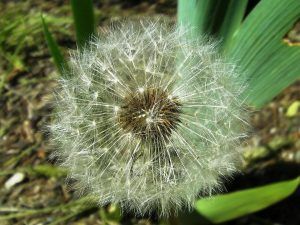 The dandelion plant has a great ability to adapt to different weather conditions and light conditions.
The dandelion plant has a great ability to adapt to different weather conditions and light conditions.
However, it is recommended to plant it in sunny sites, or in semi-shade, where it receives light for 8 or 10 hours a day.
It is usually planted in almost all regions with temperate and subtropical climates in the world, having a wide range of cultivation temperatures that go from 4ºC to 26.6ºC. It also tolerates frost and strong gusts of wind.
How to prepare the land?
As has been seen, dandelion can be planted almost anywhere, since it also has great adaptability to different types of soil.
Although it is resistant when mature, in early stages it needs moderately humid soils, rich in organic matter, with good drainage and slightly acidic, with a pH between 4.5 and 7.5.
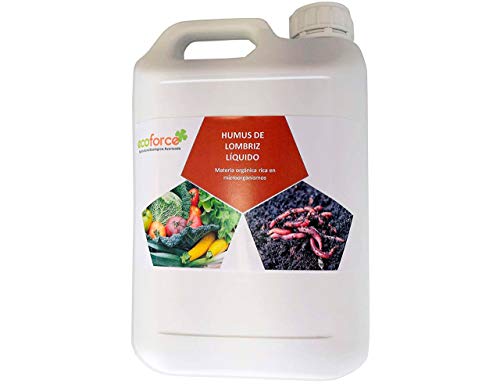
In many places, where it is grown on plots, it is usually sown after vegetables with a high demand for fertilizer and nitrogen. So fertilizing the soil is an important step.
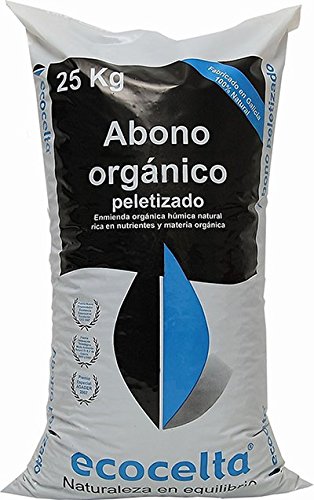
To prepare the ground, the following steps are recommended:
- Fertilize the soil with organic compost or manure.
- Clear the land and weed.
- till the land
- Water the land, add fertilizer (8-15-15) and/or herbicides.
- Open furrows and divide the plot, or sow broadcast.

How do we water the dandelion?
The dandelion plant needs regular and moderate watering to maintain constant moisture in the substrate. It should be applied especially during the early stages of growth, throughout the summer and during the dry months.
In extensive crops, it is recommended to use gravity irrigation. In smaller crops, it will be preferable to apply it manually, with a watering can or hose.
How often do we water the dandelion?
The frequency of irrigation will depend on the type of soil and the climatic conditions of the region. If the crop is in humid areas, irrigation should be scarce. On the other hand, if you are in drier regions, watering will need to be increased.

It is generally recommended to water it 1 or 2 times a week, when the plant is in its growth phase. However, it will be appropriate to make necessary adjustments until the soil is moderately moist and not saturated.
How to plant a dandelion step by step?
Dandelion can be grown by division of clumps or seeds. Below are the steps to grow from seeds, germinating them first in a seedbed:
- In a container, sow the seeds 5 millimeters deep, 2 or 3 centimeters apart, in a substrate made up of garden soil and humus.
- Place the container outside, when the temperature is between 20ºC and 30ºC, and wait 30 to 40 days for the first leaves to germinate and develop.
- Prepare the soil and water it until moist.
- Prune the third part of the leaves of the seedlings and cut their roots in half.
- Transplant to the plot as soon as the plants have reached 16 or 17 centimeters in height. It is recommended to sow them every 7 or 8 centimeters apart.
- Water 1 or 2 times a week until they adapt to their new site.
What care does the dandelion need?
The dandelion is a plant that does not need much care. It only requires a clean substrate, free of weeds with which it can fight for resources; as well as the application of irrigation when necessary.

What pests and diseases affect dandelions?
The dandelion is a very resistant species to pests and diseases. As for pests, it can be attacked by some insects such as aphids, worms and nematodes. To combat them, it is recommended to use ash, potassium soap and karanja oil.

Regarding diseases, this plant can sometimes be attacked by white mold, as well as sclerotinia. Both diseases lead to wilting and death of plants.
To prevent these diseases, it is advisable to regulate irrigation and increase the drainage capacity of the soil, as well as improve the aeration of the crop.
verticillium wilt
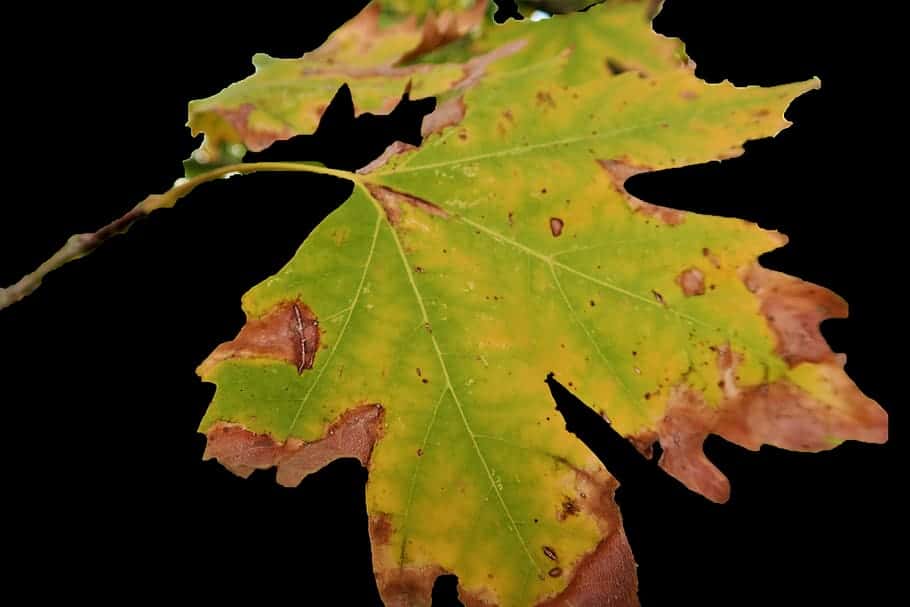 Verticillium or Verticillium wilt is a common soil fungus that thrives in temperate climates around the world and can be present in the soil for decades.
Verticillium or Verticillium wilt is a common soil fungus that thrives in temperate climates around the world and can be present in the soil for decades.
Verticillium wilt overwinters in the soil as dormant mycelium or tiny dormant black structures called microsclerotia, waiting for favorable conditions to return.
They enter damaged plant tissue through the roots and multiply. Many common weeds, such as dandelions and weeds, can be Verticillium host species.
Verticillium wilt is a disease that affects more than 350 species of eudicolous plants. It is caused by six species of Verticillium fungi: Verticillium dahliae, Verticillium albo-atrum, Verticillium longisporum, Verticillium nubilum, Verticillium theobromae, and Verticillium tricorpus.
Many plants with significant economic weight are susceptible, such as cotton, tomatoes, potatoes, oilseed rape, aubergines, peppers, and ornamental plants, as well as others in natural vegetation communities.
Many species and cultivars of eudicots are resistant to the disease, and all monocots, gymnosperms, and ferns are immune. To know more: Verticillium wilt in the Orchard: What is it? How do we identify it?
References
- https://www.google.com/url?sa=t&rct=j&q=&esrc=s&source=web&cd=&cad=rja&uact=8&ved=2ahUKEwiWm6f9ovzvAhXVLs0KHSJQAEw4FBAWMAJ6BAgCEAM&url=https%3A%2F%2Fdialnet.unirioja.es%2Fdescarga%2Farticulo%2F.202438 pdf&usg=AOvVaw2gu2iAWe6A_POcKomIWcpk
- https://www.elsevier.es/es-revista-revista-internacional-acupuntura-279-articulo-nutricion-el-diente-leon-13108647
- http://repositorio.utea.edu.pe/bitstream/handle/utea/87/Caracterización%20y%20valor%20nutricional%20del%20diente%20de%20león.pdf?sequence=1&isAllowed=y
- https://www.miteco.gob.es/es/biodiversidad/temas/inventarios-nacionales/iect_taraxacum_officinale_tcm30-164137.pdf
- https://www.minsal.cl/portal/url/item/7d98ad06d32c83d5e04001011f016dbb.pdf
- http://www.herbotecnia.com.ar/exo-dentdelion.html
- https://www.cabi.org/isc/datasheet/52773
- https://gredos.usal.es/bitstream/handle/10366/121506/Busqueda_de_cultivos_alternativos_en_el_.pdf;jsessionid=8A54E18781FF13D0FB796AF9625F7285?sequence=1

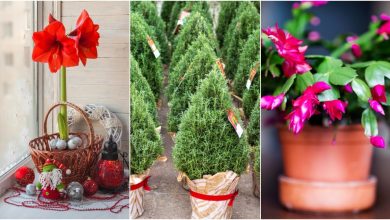
![Photo of Prune a Laurel: [Importance, Time, Tools, Considerations and Steps]](https://www.complete-gardening.com/wp-content/uploads/2022/08/prune-a-laurel-importance-time-tools-considerations-and-steps-390x220.jpg)
![Photo of Poisonous Plants: [The 30 Most Dangerous in the World]](https://www.complete-gardening.com/wp-content/uploads/2022/08/poisonous-plants-the-30-most-dangerous-in-the-world-390x220.png)
![Photo of El Tajinaste: [Planting, Care, Irrigation, Substrate, Characteristics]](https://www.complete-gardening.com/wp-content/uploads/2021/06/tajinaste_1605872904-390x220.jpg)